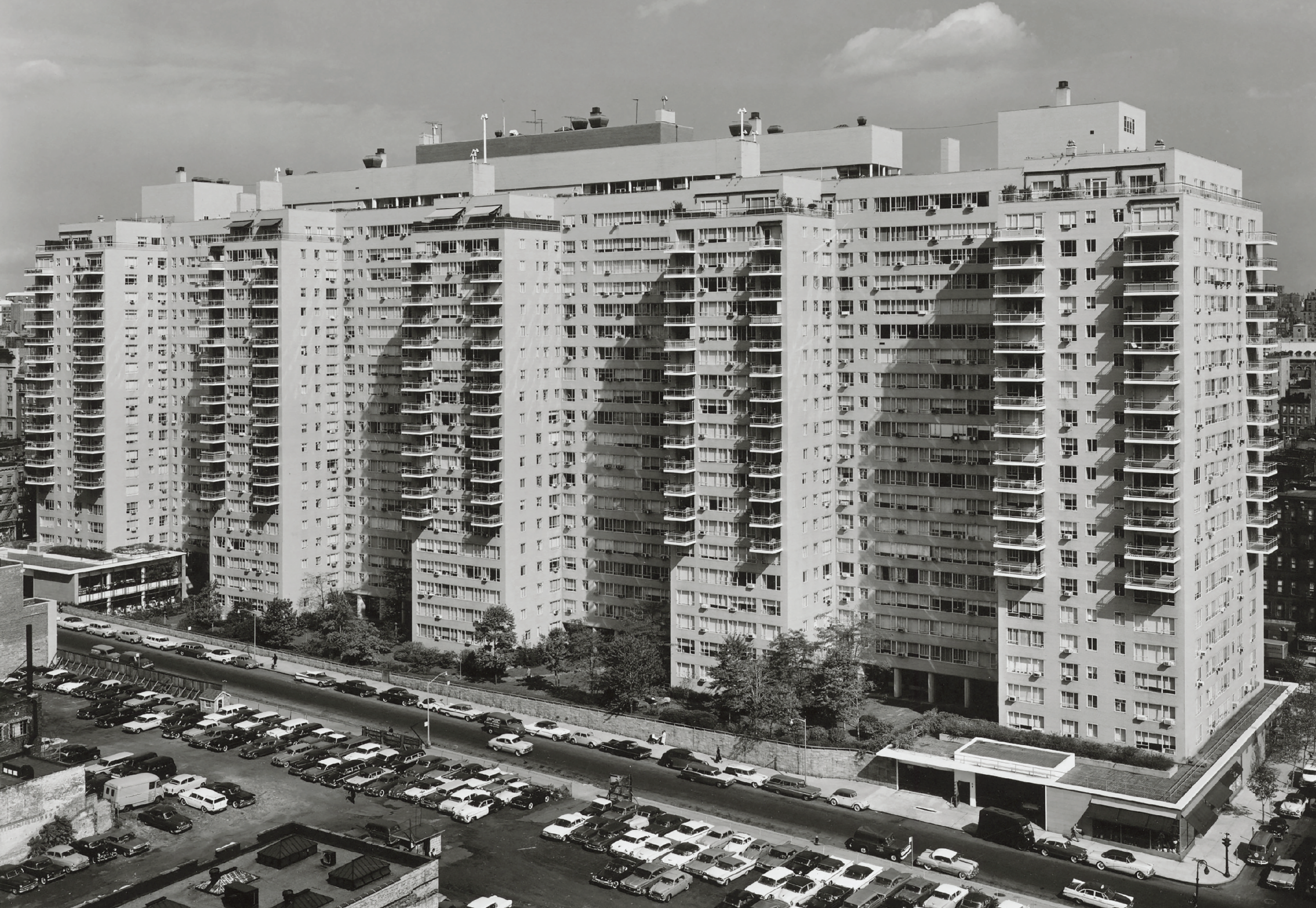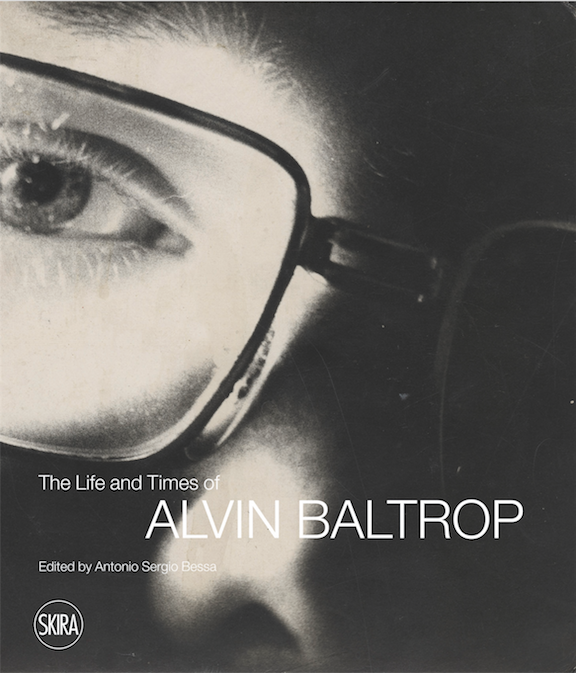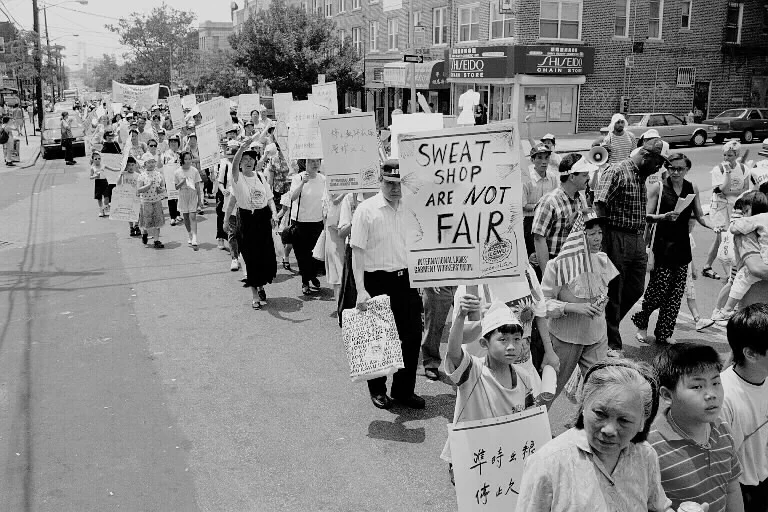Density’s Child: How Housing Density Shaped New York
By Katie Uva
New York is a city defined by its density. Manhattan, with its unique geographical constraints, grew rapidly over the course of the 19th century; by 1890, Jacob Riis noted in How the Other Half Lives that the borough as a whole held 73,299 people per square mile and the Tenth Ward, the densest portion of the Lower East Side, held 334,080 people per square mile. This density was visible in multiple ways; in the innovative, epoch-defining skyscrapers that began to jut out of the Battery and Midtown but also cast worrying shadows on pedestrians below; in the tenement districts with their vibrant street life and their disturbing tuberculosis and fire rates. The 20th century would prove to be a time of experimentation and contestation when it came to density. New York would grow further outwards and further upwards, and would be shaped by the tension between density and sprawl.
Read More









